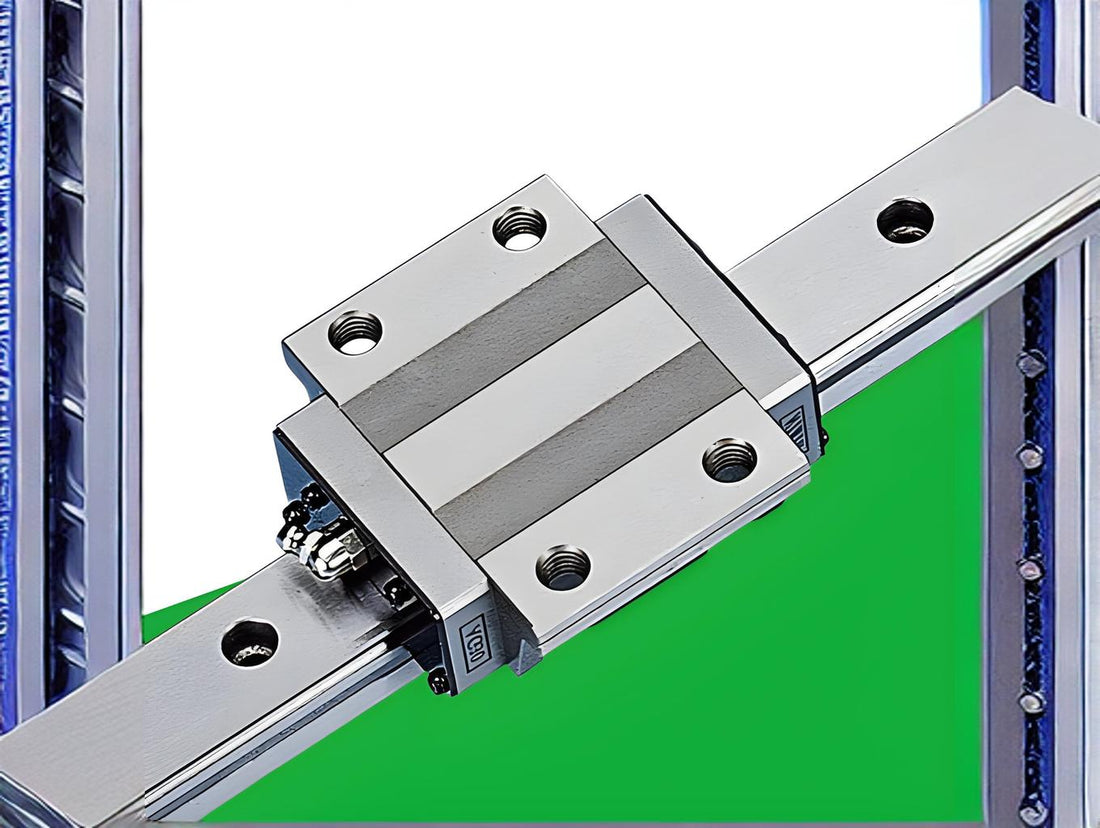
Classification of guide rails
Share
Table of Contents
Classification of guide rails
When it comes to guide rails, people may think of the long strips they see on trains, elevators, or robots. But in fact, guide rails are a widely used mechanical component that plays a crucial role in various industrial and civilian applications. In this article, we will explore the classification of guide rails and their applications in different fields.
1.Classification by material
Metal guide rail

Metal guides are usually made of steel or aluminum and have excellent strength and durability. They are widely used in industrial machinery, railways, and rail transit systems
Plastic guide rail

Plastic guide rails are usually made of materials such as polyamide and polytetrafluoroethylene, which are lightweight and corrosion-resistant. They are commonly found in household appliances, medical equipment, and food processing machinery.
2.Classification by structure
Linear guide rail

Linear guide rail is a simple guide rail structure used to provide linear motion. They usually consist of two parts: the guide rail itself and the matching slider or ball.
Curved guide rail

Curved guides allow objects to move along complex paths. They are usually composed of multiple guiding elements to support and guide objects to move along curved paths.
3.Classification by purpose
Industrial guide rail
Industrial guides are widely used in industrial equipment such as robots, CNC machine tools, and automated production lines to support and guide the movement of moving parts.
Railway guide rails
Railway guide rails are the infrastructure that supports train operation, and their importance is self-evident. They are usually made of high-strength metal to withstand the weight and movement of trains.
Household guide rails
Household guide rails are commonly used in household appliances, furniture, and some DIY projects to provide smooth movement and positioning functions.
Application cases
Industrial robots:
Industrial rails are used to support and guide the movement of robot arms, ensuring precise positioning and operation.
Subway system:
Railway guide rails are the foundation of train operation in the subway system, which is related to the safety and comfort of a large number of passengers.
3D printer:
Linear guides are used in 3D printers to control the movement of the print head, ensuring the accuracy and stability of the printing process.
Overall, as a key mechanical component, guide rails play an irreplaceable role in various fields. With the advancement of technology and the improvement of technology, the types and application scope of guide rails will continue to expand, bringing more possibilities for the development of various industries.
